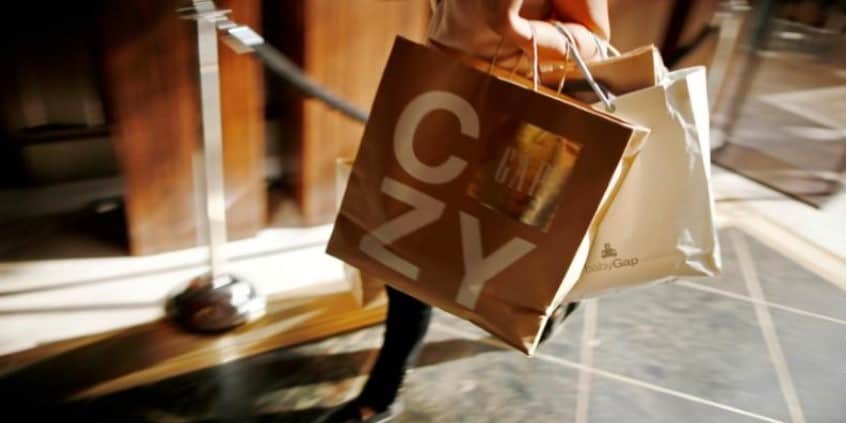
U.S. retail sales rose solidly in June as households boosted purchases of automobiles and a range of other goods, cementing expectations for robust economic growth in the second quarter.
Signs of a strengthening economy, together with a tightening labor market and firming inflation, likely will keep the Federal Reserve on track to continue raising interest rates this year.
Fed Chairman Jerome Powell offered an upbeat assessment of the economy last Friday, telling lawmakers that “over the first half of this year, overall economic activity appears to have expanded at a solid pace.” The U.S. central bank raised interest rates in June for the second time this year and has forecast two more rate hikes by the end of 2018.
“This puts the economy in a very, very good position as it starts its 10th year of forward movement in July,” said Chris Rupkey, chief economist at MUFG in New York. “This strengthening economy gives the Federal Reserve the green light to raise rates a third time this year at their September meeting.”
The Commerce Department said on Monday retail sales increased 0.5 percent last month. Data for May was revised to show sales rising 1.3 percent, the largest since September 2017, instead of the previously reported 0.8 percent gain.
Economists had forecast retail sales rising 0.5 percent in June. Retail sales in June gained 6.6 percent from a year ago.
Excluding automobiles, gasoline, building materials and food services, retail sales were unchanged last month after an upwardly revised 0.8 percent increase in May.
These so-called core retail sales correspond most closely with the consumer spending component of gross domestic product and were previously reported to have risen 0.5 percent in May.
Given the upward revision to May’s data, the unchanged reading in core retail sales last month did not change views consumer spending accelerated in the second quarter.
Consumer spending, which accounts for more than two-thirds of U.S. economic activity, braked in the January-March period, growing at its slowest pace in nearly five years.
The dollar slipped against a basket of currencies. Stocks on Wall Street were lower. U.S. Treasuries fell, with the yield on the interest rate-sensitive two-year note US2YT=RR rising to a near 10-year high.
TARIFFS POSE A THREAT
In addition to the solid retail sales data, a sharp narrowing of the trade deficit in April and May has also bolstered expectations of a strong GDP reading for the second quarter. Second-quarter growth expectations were supported by another report from the Commerce Department on Monday showing business inventories increased 0.4 percent in May.
Forecasting firm Macroeconomic Advisers raised its April-June quarter GDP growth estimate to a 5.1 percent annualized rate from 4.9 percent. The economy grew at a 2.0 percent pace in the first quarter. The government will publish its snapshot of second-quarter GDP later this month.
Escalating trade conflicts, however, pose a risk to the economy’s outlook. The United States is embroiled in tit-for-tat import tariffs with major trade partners, including China, Canada, Mexico and the European Union.
Concerns about trade tariffs are starting to have some impact on both consumer and business confidence.
Consumer sentiment dipped in early July and a survey by the New York Fed published on Monday showed a moderation in factory activity in New York state in July amid a pullback in new order growth and shipments. Firms were also less optimistic about business conditions over the next six months.
The survey’s measures of both planned capital expenditures and technology spending declined sharply this month.
The International Monetary Fund also warned on Monday that the trade wars threatened to derail the global economic recovery, adding that the United States was especially vulnerable to a slowdown in its exports.
“Depending on what portion of the tariff businesses pass onto buyers, the additional burden on each household in the U.S. is between $120 to $200 per year,” said Sung Won Sohn, chief economist at SS Economics in Los Angeles.
“While this may not sound large, some sectors of the economy like agriculture would be hit hard. Negative effects from financial markets could also add to consumer worries.”
In June, auto sales rose 0.9 percent after advancing 0.8 percent in May. There were increases in online sales as well as receipts at service stations, building materials stores, furniture shops and restaurants and bars.
But sales at clothing stores fell 2.5 percent, the biggest drop since February 2017. Sales at supermarkets, electronics and appliance stores and general merchandise shops also fell. Americans also cut back spending on hobbies.























